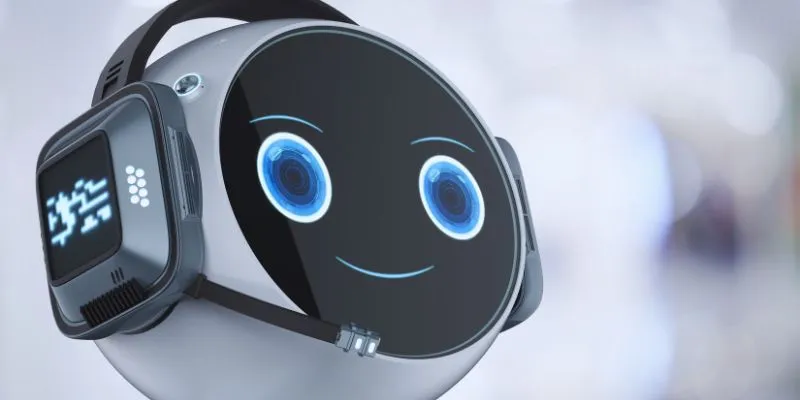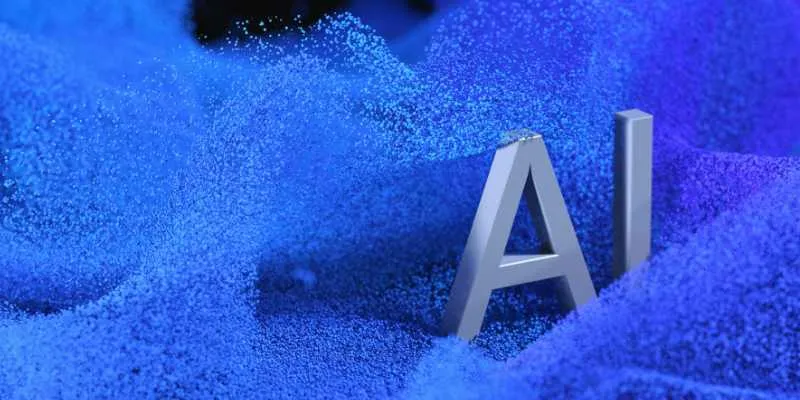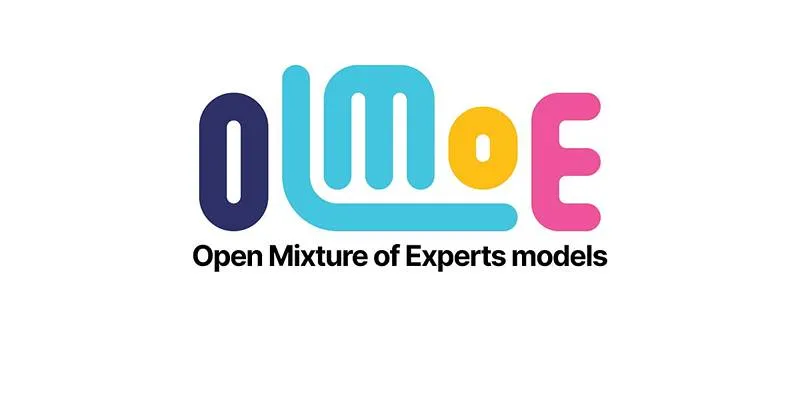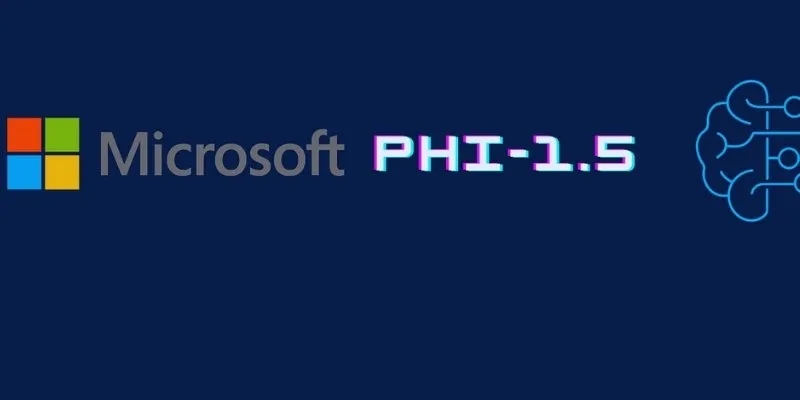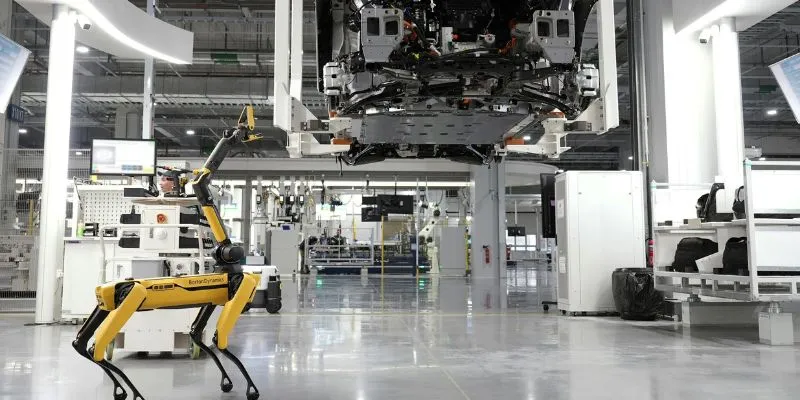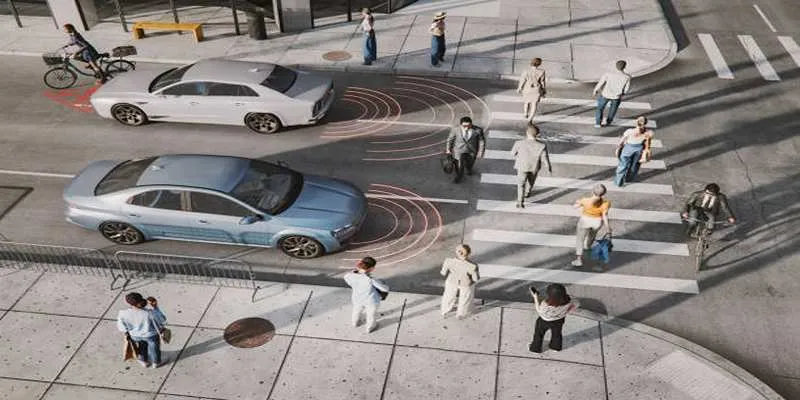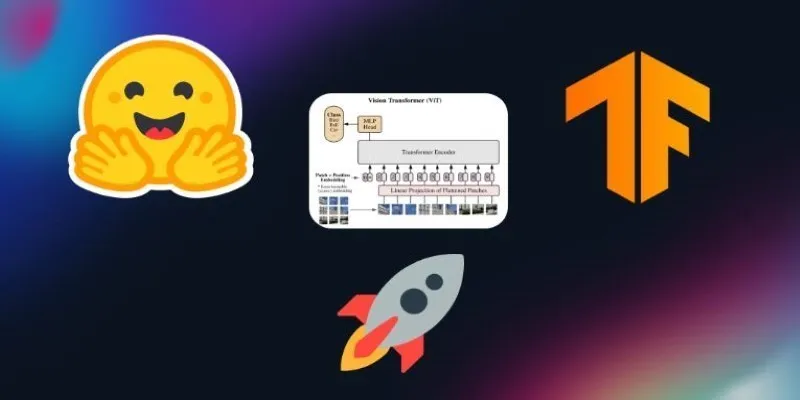One recently developed artificial intelligence image-generating model that is gaining increasing interest is FLUX.1. Many developers and artists are asking whether it might replace Stable Diffusion. With enhanced processing and sophisticated features, FLUX.1 presents a fresh approach to AI-generated images. This model is expected to deliver faster rendering, improved realism, and more customization options.
FLUX.1 emphasizes quality and efficiency, unlike Stable Diffusion. Though its features excite users, is this a better substitute? We shall thoroughly discuss FLUX.1 in this article. We will evaluate its strengths in comparison to Stable Diffusion. Let’s determine whether this fresh approach is a game- changer or just another tool.
What is FLUX.1?
FLUX.1 is an AI-powered model designed for producing high-quality images. It creates realistic and detailed graphics using cutting-edge machine-learning methods, aiming for faster processing and creative flexibility. One of FLUX.1’s main attractions is its speed. The model processes images quicker than its predecessors, which is crucial for artists needing quick results. It shortens rendering time without compromising quality.
Another important feature is its capacity to provide highly detailed outputs. FLUX.1 enhances texturing and lighting using an improved neural network, giving pictures a professional and lifelike appearance. The model is also efficient, making it accessible to people with various hardware configurations. FLUX.1 offers a more intuitive user interface than Stable Diffusion, streamlining the process for novices. Overall, it provides a seamless AI artistic experience with significant capabilities.
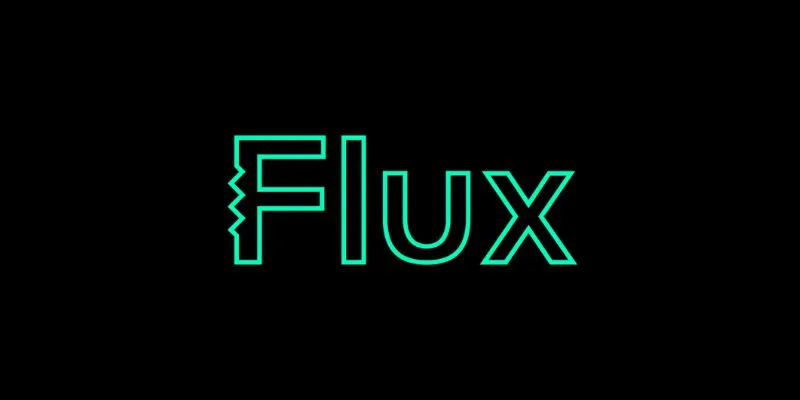
How Does FLUX.1 Compare to Stable Diffusion?
Although FLUX.1 and Stable Diffusion have important distinctions, they serve similar purposes. Performance is one of the main differences. FLUX.1 offers faster image production due to its enhanced algorithms, reducing user waiting time. Quality is another crucial factor. While Stable Diffusion has a strong track record, FLUX.1 advances this by using superior lighting, colors, and textures to produce more lifelike images, making it a formidable competitor.
Ease of use is also a significant consideration. Achieving optimal results with Stable Diffusion requires technical understanding. In contrast, FLUX.1 simplifies the procedure with its clear user interface, making it more approachable for beginners. Customization is yet another distinction. Stable Diffusion allows for deep parameter adjustments, whereas FLUX.1 balances simplicity with control, providing flexibility through a better workflow. This balance makes it an excellent option for both casual and professional users.
Key Features of FLUX.1
FLUX.1 introduces several features that set it apart from other AI models, enhancing both output quality and usability:
- Faster Rendering Speeds: Maximizes processing time, reducing image-generating delays.
- High-Resolution Outputs: Enhances textures for more realistic and professional images.
- User-Friendly Interface: Streamlines the process, enabling artists of various skill levels to create AI works.
- Advanced Customization: Offers multiple values to adjust picture outputs.
- Improved Lighting and Details: Enhances depth and shading for a natural impression.
- Lower Hardware Requirements: Operates effectively on multiple devices without needing premium GPUs.
These qualities make FLUX.1 a strong contender in AI-generated art. Whether used professionally or recreationally, it offers a reliable and quick solution.
What Makes FLUX.1 Unique?
FLUX.1 distinguishes itself from other AI models with its sophisticated processing capabilities. Adaptability is one of its strongest suits, as the model continues to learn and evolve over time. Its ability to produce multiple artistic styles is another unique feature. Unlike models focused on realism, FLUX.1 can create abstract, cartoonistic, or photorealistic visuals, appealing to a wide range of artists.
FLUX.1 also prioritizes efficiency, requiring fewer resources and enabling users with modest hardware to create excellent images. This broadens access to AI art. Finally, FLUX.1 integrates well with various creative tools, simplifying the use of AI-generated graphics in professional projects.
Is FLUX.1 a Stable Diffusion Replacement?
User needs will determine whether FLUX.1 can replace Stable Diffusion. FLUX.1 is an excellent choice if speed and simplicity are top priorities, offering a clean UI and fast processing. However, Stable Diffusion still appeals strongly to users who value its established ecosystem and extensive customization options.
FLUX.1 may serve as a substitute but not an absolute replacement for Stable Diffusion. While it lacks some of Stable Diffusion’s advanced capabilities, FLUX.1 excels in performance and usability, making it ideal for users prioritizing efficiency. Stable Diffusion remains valuable for those who require greater control. Both models have unique strengths, and the decision depends on the specific needs of the user.
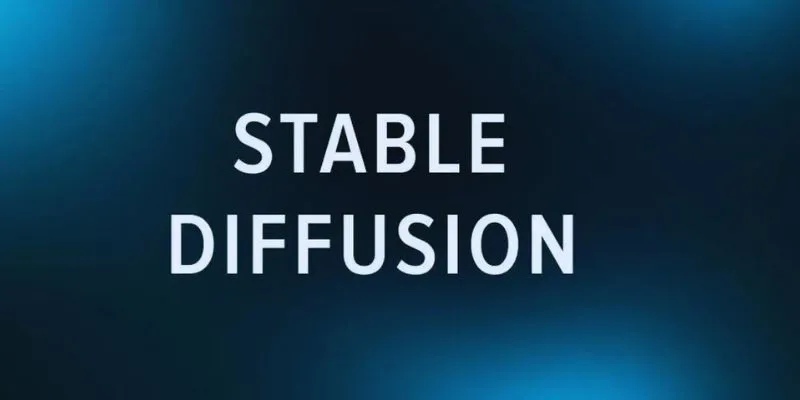
Who Should Use FLUX.1?
FLUX.1 is perfect for a diverse range of users, from hobbyists to professionals. It is especially beneficial for those who need quick and high- quality image creation. Novices will appreciate the intuitive design, which doesn’t require in-depth technical expertise, unlike Stable Diffusion, simplifying the creation of AI-generated art.
Designers and digital artists will benefit from FLUX.1’s advanced customization options, which allow them to refine their work and explore various techniques efficiently. For businesses, FLUX.1 offers a cost-effective way to create marketing graphics, with its ability to quickly produce high- quality images aiding branding and advertising efforts. Overall, FLUX.1 is ideal for anyone seeking a reliable, fast AI image-generating solution that caters to various skill levels and creative needs.
Future Potential of FLUX.1
FLUX.1 is still evolving; future updates could make it even more powerful. Developers are working on improving rendering quality and expanding customization options, which would solidify its position as a leading AI creative tool. Enhanced AI training is one development area. By improving its datasets, FLUX.1 could produce even more realistic visuals, and improved text- to-image conversion would increase prompt accuracy.
Integration with creative software is another development opportunity. If FLUX.1 connects with programs like Photoshop or Blender, it could become an essential tool for digital artists. As the AI image generation sector continues to evolve, FLUX.1 is poised to rise as a major competitor to Stable Diffusion and other AI models.
Conclusion
FLUX.1 is a promising AI image-generation model with advanced features. It offers fast speeds, premium outputs, and a simple interface, increasing accessibility and efficiency compared to Stable Diffusion. However, it might not completely replace Stable Diffusion for every user. While Stable Diffusion is user-friendly, some experts prefer its customization options. Overall, FLUX.1 is an excellent alternative for those seeking a modern, efficient AI art tool, maintaining a user-friendly interface and delivering outstanding performance. Whether it replaces Stable Diffusion depends on individual preferences and working requirements.
 zfn9
zfn9


